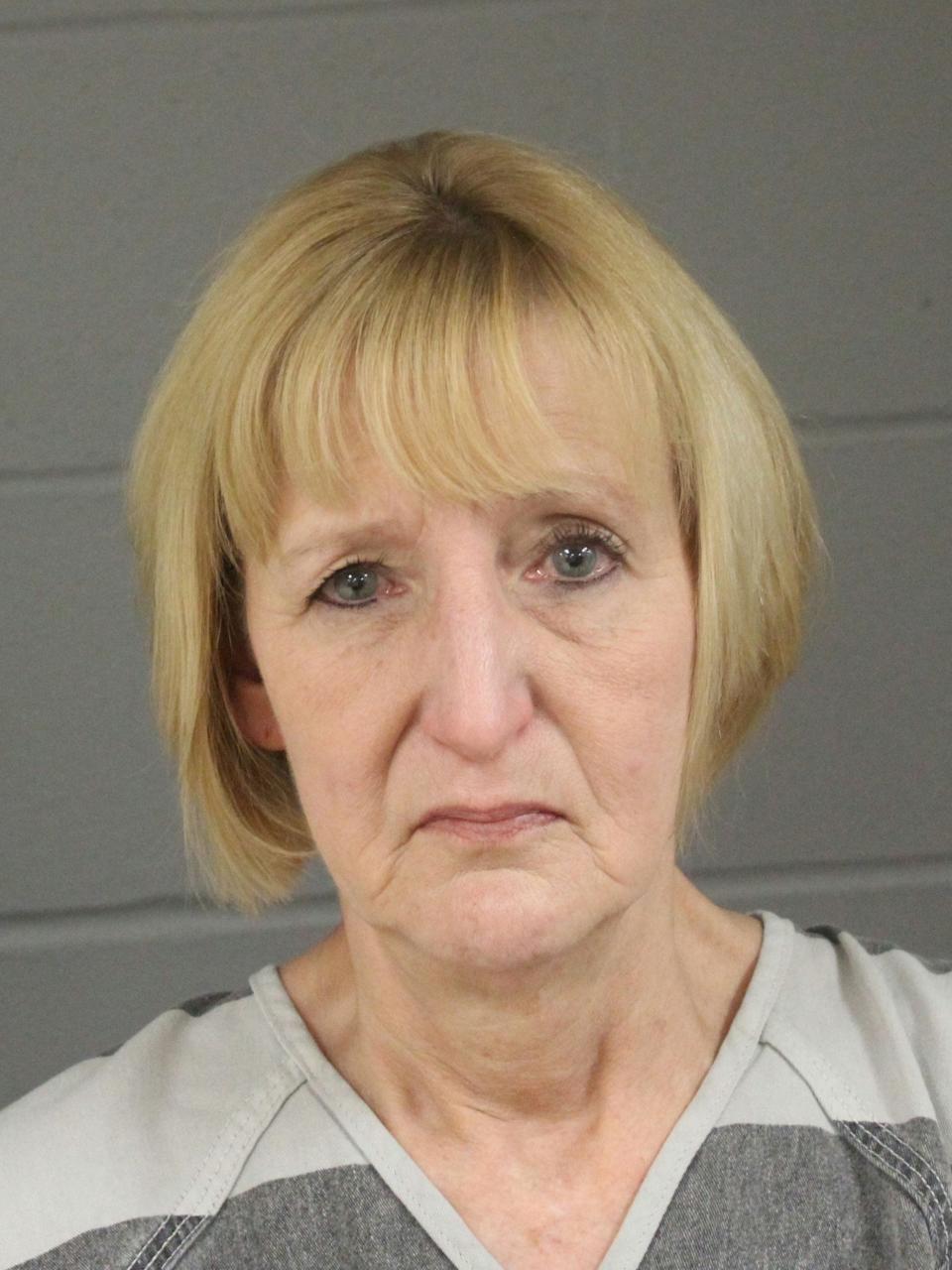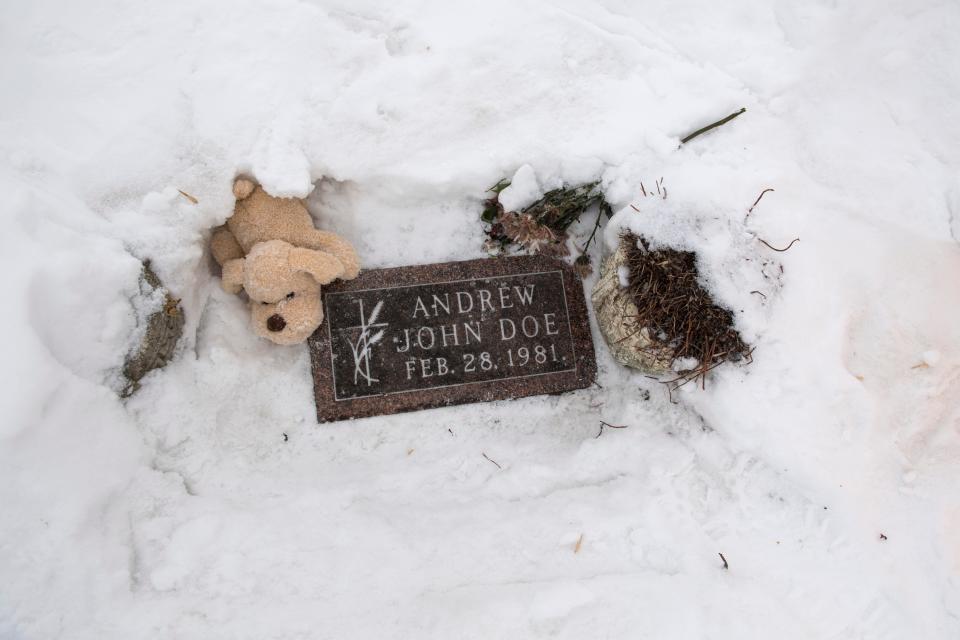Baby Andrew was found in a ditch in 1981. Here's what we know about the case after 40 years
A 40-year-old cold case involving the death of newborn "Baby Andrew" came to a close Thursday when the child's mother was sentenced to prison.
Theresa Bentaas, 60, was found guilty of manslaughter in the 1981 death of her newborn son. On Dec. 2, 2021, Bentaas was sentenced to 10 years in prison with 9 years suspended and credit for time served. Judge Bradley Zell said that she probably won't serve more than 60 days.
Bentaas entered an "Alford" plea on count three of first-degree manslaughter on Oct. 8, 2021, which in South Dakota is treated as a "guilty" plea. The two murder charges were dropped.
According to the plea agreement, an Alford plea allows Bentaas to maintain her innocence while simultaneously authorizing the court to enter a guilty plea to manslaughter (first degree).
Prior reporting: Theresa Bentaas changes plea in 'Baby Andrew' case, found guilty on manslaughter charge.

Bentaas prosecuted under 1981 laws
The 60-year-old is being prosecuted by 1981 laws. In that year, first degree manslaughter was a Class 1 felony. Bentaas could be sentenced to up to life in prison without the possibility of parole, Zell said during her change of plea hearing in October.
If Bentaas is sentenced to anything less than life, she has the possibility of parole.
The 60-year-old has been out of jail on a combination cash and surety bond as she completed her court hearings.
Explainer: Mother in 'Baby Andrew' case will be prosecuted under 1981 laws. Here's what that means.
What happened to Baby Andrew?
On Feb. 28, 1981, a newborn baby was found in a ditch and wrapped in a blanket alongside what is now Sycamore Avenue near 26th Street. The bundle was spotted by a driver who called to report it.
By the time officers responded, it was too late and the baby was no longer alive.
An autopsy was conducted a few days later and the cause of death was determined to likely be exposure and failure to assist the baby in maintaining an airway during birth, according to court documents.
More: Six things we learned during Theresa Bentaas's sentencing in 1981 cold case of Baby Andrew

An expert consulted by the defense recently opined that the death was most likely the result of complications of birth in the absence of appropriate medical care, according to court documents.
During Bentaas's sentencing hearing, it was revealed the baby had a small portion of air in his lung and air in his stomach.
Bentaas's defense argued that Andrew was born, possibly took one breath and passed away.
After a few leads and attempts to contact the parents of the baby in 1981, the case went cold.
It would be nearly four decades before a new break in the case would come.
How was Theresa Bentaas caught?
Mike Webb, a Sioux Falls Police Department detective, reopened the case of "Baby Andrew" in hopes of obtaining any DNA evidence for testing. Webb discovered all testable evidence had been destroyed in 1995, the court documents noted.
Webb learned of a process where DNA could be extracted from the bones and tissues of the body. After doing some research, he found the North Texas University Science Center had conducted those lab tests.
Baby Andrew's body was exhumed in September 2009 and sent down to Texas in hopes of finding any DNA matches that would help locate the parents. No matches were found, according to the court affidavit.
With no matches the case hit a stalemate again. But per policy, the DNA samples were to be tested every year and were tested in Feb. 2018 and again no matches were found, documents said.
More: 'She needs to serve time': Man who found 'Baby Andrew' reacts to Theresa Bentaas plea deal.
With the technology increase, police submitted the DNA to a Virginia-based company, Parabon NanoLabs, Inc. in 2019, that was able to find two possible genetic matches.
Using those genetic links, police were able to use a family tree that led to Theresa Rose (Josten) Bentaas and Dirk Bentaas, both of whom lived together in Sioux Falls.
Sioux Falls police then did what's called a "trash pull" at Bentaas' home, seizing DNA evidence from their trash. Police found a cigarette butt, beer and water containers.
Female DNA was found on the evidence that "could not be excluded as being from the biological mother of Baby Doe," according to a court documents.
Got a story idea from your community? Email reporter Alfonzo Galvan at agalvan@argusleader.com or follow on Twitter at @GalvanReports.
This article originally appeared on Sioux Falls Argus Leader: Sioux Falls' Theresa Bentaas sentenced in 1981 cold case. What to know

